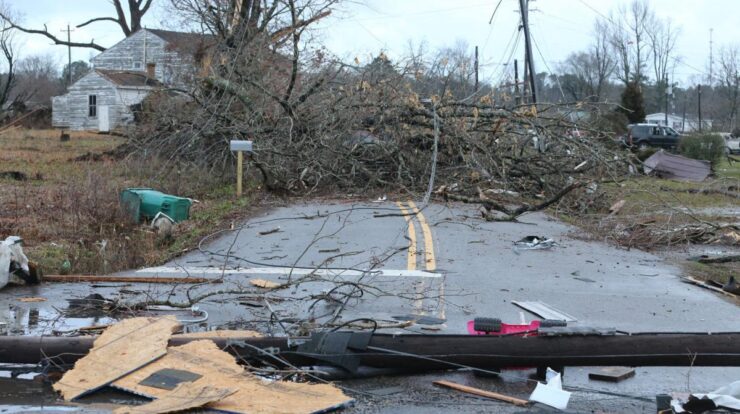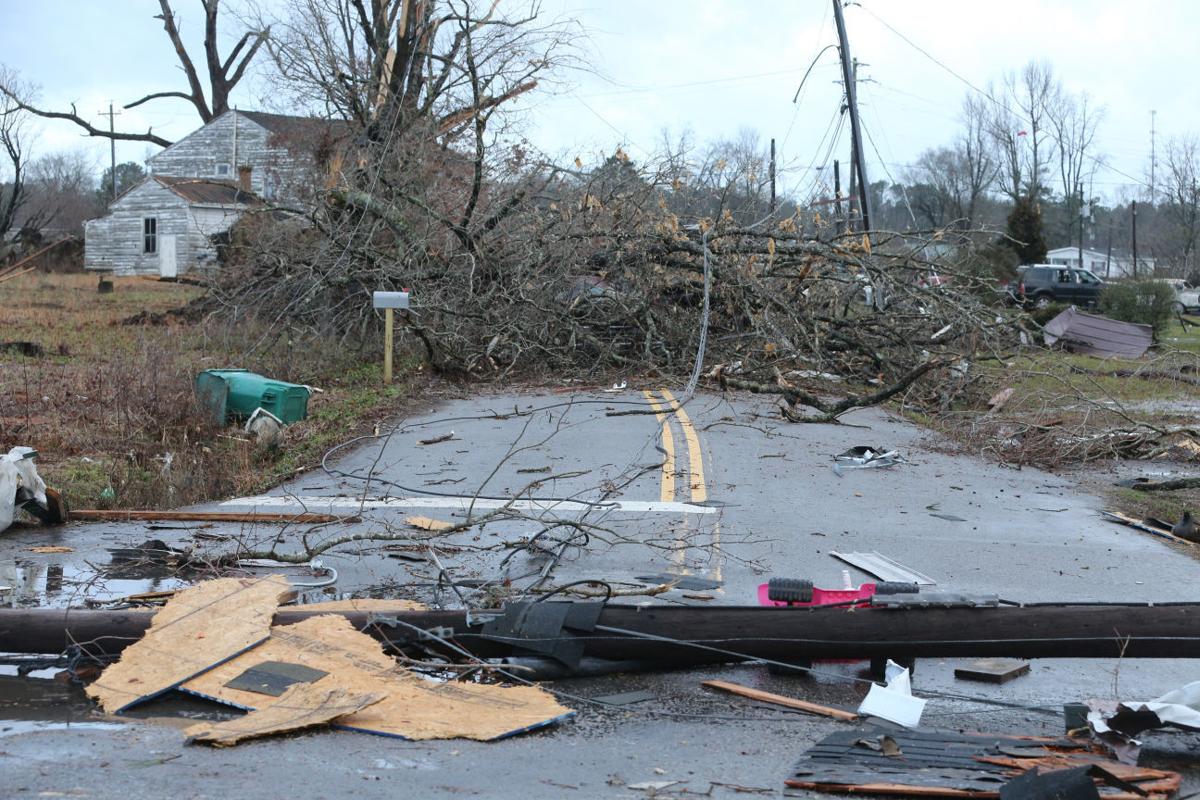
The Waverly tornado of 2008 tore through the Iowa town, leaving a trail of destruction and forever etching itself into the community’s memory. This comprehensive exploration delves into the meteorological conditions that spawned the twister, the devastating impact it had on Waverly, and the remarkable resilience shown by its people in the aftermath.
From the initial formation to the aftermath and recovery efforts, this narrative unveils the complexities of a natural disaster and the indomitable spirit of a community.
Historical Overview of the Waverly Tornado
On May 15, 1968, a powerful F5 tornado struck the town of Waverly, Iowa, leaving behind a trail of devastation and tragedy. The tornado formed as part of a severe weather outbreak that swept across the Midwest, and its path of destruction extended for over 12 miles, reaching a width of half a mile at its peak.
Eyewitness accounts and historical records paint a vivid picture of the tornado’s fury. Survivors described the sky turning an eerie greenish-black as the tornado approached, accompanied by deafening thunder and howling winds. The tornado tore through Waverly with incredible force, leveling homes, businesses, and infrastructure in its path.
Impact on Waverly, Iowa
The Waverly tornado caused widespread physical destruction, with over 1,000 buildings damaged or destroyed. The town’s historic downtown area was particularly hard hit, with many iconic buildings reduced to rubble. The tornado also destroyed or damaged critical infrastructure, including power lines, water mains, and roads, leaving the community without essential services for days.
The social and economic consequences of the tornado were equally devastating. Hundreds of families were displaced, losing their homes and belongings. The tornado also caused significant economic losses, as businesses were destroyed and livelihoods were disrupted. The recovery process was long and arduous, but the community of Waverly showed remarkable resilience in rebuilding their town and their lives.
Meteorological Analysis
The Waverly tornado formed as a result of a combination of favorable meteorological conditions. A warm and humid air mass from the Gulf of Mexico met with a cold front from the north, creating instability in the atmosphere. A powerful updraft formed, which caused the formation of a rotating thunderstorm cloud.
As the updraft continued to strengthen, the thunderstorm cloud became organized into a tornado.
The Waverly tornado was an F5 tornado, the highest rating on the Fujita scale. It had a wind speed of up to 260 miles per hour and a path width of over half a mile. The tornado’s intensity was due to a number of factors, including the strong updraft, the presence of large hail, and the tornado’s slow forward motion.
Response and Recovery Efforts
The immediate response to the Waverly tornado was chaotic, as emergency services struggled to cope with the scale of the destruction. However, the community quickly came together to support the victims. Volunteers from neighboring towns and states arrived to help with search and rescue operations, and donations of food, clothing, and supplies poured in from across the country.
The long-term recovery process was equally challenging. The town of Waverly had to rebuild its infrastructure, homes, and businesses. The community also had to deal with the emotional trauma of the tornado, which had left many residents feeling scared and vulnerable.
Lessons Learned and Preparedness, Waverly tornado
The Waverly tornado was a wake-up call for communities across the Midwest. The tornado showed that even small towns can be vulnerable to severe weather events, and it highlighted the importance of being prepared.
In the years since the Waverly tornado, there have been significant advances in tornado forecasting and warning systems. Doppler radar and other technologies have made it possible to detect tornadoes earlier and more accurately, giving communities more time to prepare.
The Waverly tornado also taught us the importance of community preparedness. By working together, communities can be better prepared to respond to and recover from severe weather events.
Commemoration and Legacy
The Waverly tornado is still remembered and commemorated in the community today. A memorial park has been built on the site of the tornado’s touchdown, and a museum has been established to tell the story of the tornado and its impact on the town.
The Waverly tornado is a reminder of the power of nature and the importance of being prepared for severe weather events. The tornado’s legacy is one of resilience and community spirit, and it continues to inspire the people of Waverly today.
Final Conclusion: Waverly Tornado

The Waverly tornado serves as a sobering reminder of the destructive power of nature and the importance of preparedness. It is a story of loss, resilience, and the enduring strength of the human spirit. As we learn from the lessons of the past, we can better prepare for and mitigate the impact of future events.
Detailed FAQs
What was the intensity of the Waverly tornado?
The Waverly tornado was an EF4 tornado with winds reaching up to 166 mph.
How many people were killed by the Waverly tornado?
Nine people were killed and over 100 were injured.
What was the estimated cost of the damage caused by the Waverly tornado?
The estimated cost of the damage was over $300 million.





